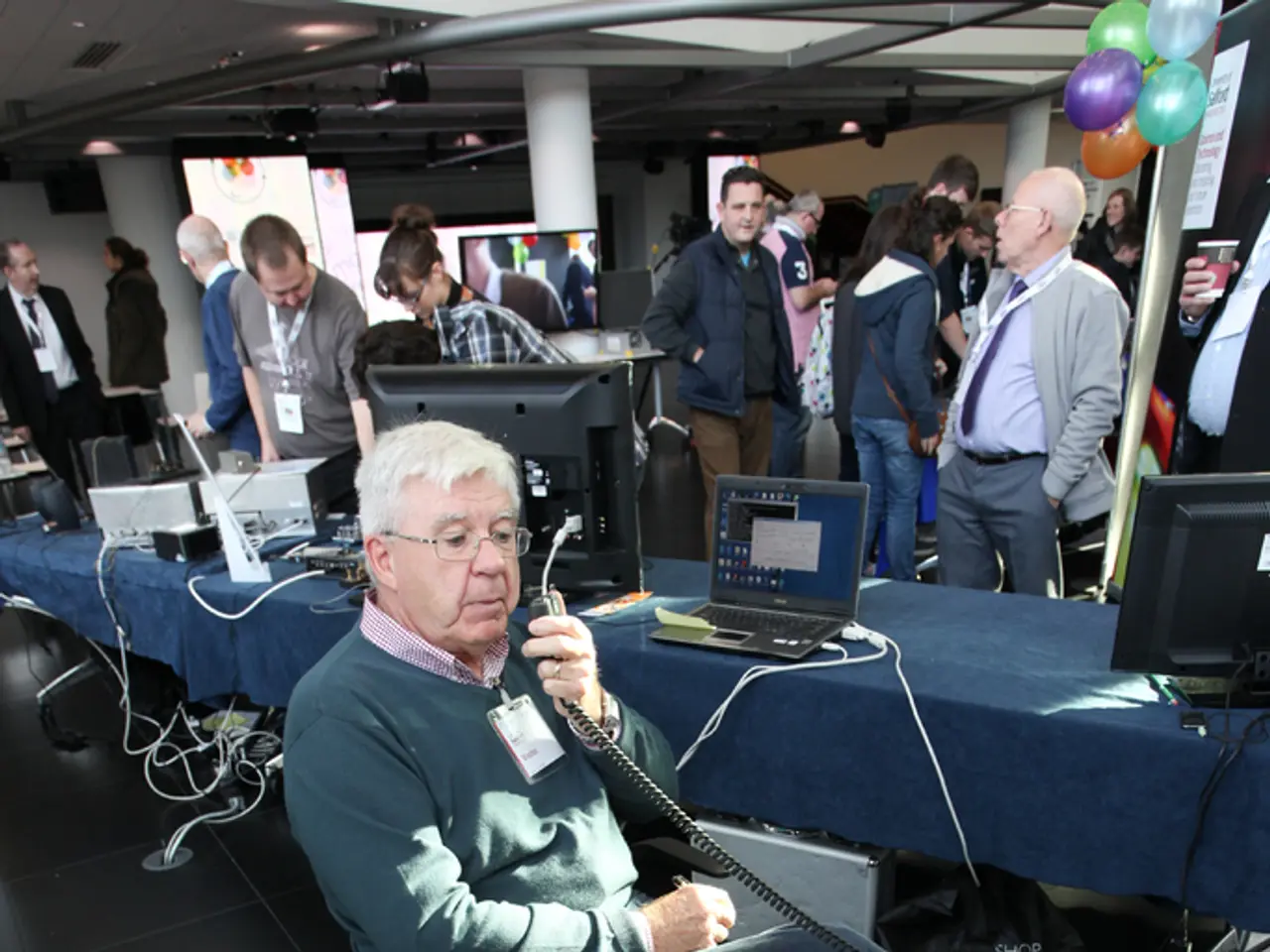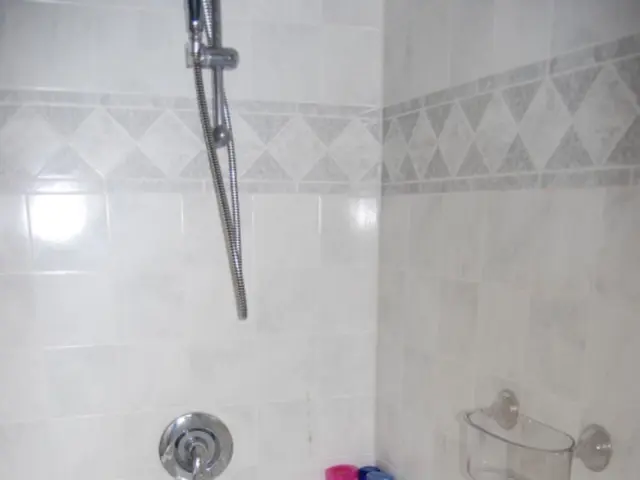Keep an Eye on These 3 Emerging Senior Care Technologies in 2023
In the realm of senior and post-acute care, technology is no longer a distant concept but an integral part of daily life. The new generation of older adults is more comfortable with technology than ever before, and this shift is driving a wave of changes in the industry.
To cater to this growing tech-savvy demographic, senior care organizations are upgrading their network infrastructure and broadband to support strong Wi-Fi connectivity for the increasing number of devices. This move is not just about keeping up with the times, but also about providing an attractive amenity for residents who bring their personal devices with them.
However, it's not just about the youngest of the older adults. Many senior care residents may not use devices, but the presence of technology can still be beneficial. For instance, having support for devices can make it easier for younger older adults to stay connected with their families and the outside world.
To ensure that technology solutions are implemented effectively, it's crucial to create a committee of stakeholders who will be impacted by the solutions. This committee can help in decision-making, ensuring that the technology solves a problem for staff members or residents.
When considering technology solutions, senior and post-acute care organizations should survey residents or staff to understand their needs and preferences. This approach can help in tailoring solutions that are not only effective but also well-received.
One of the most exciting trends in senior care technology is the adoption of digital health solutions for personalized, patient-centered care. Mobile health (mHealth) apps, wearables, and smart health trackers enable continuous monitoring of residents’ health data, allowing care plans to be tailored in real-time. These tools enhance resident engagement by providing education, real-time feedback, and self-management capabilities, while empowering staff with actionable data to improve patient outcomes.
Another trend is the use of AI-enabled predictive analytics and risk reduction tools. Technologies like AI-driven risk algorithms based on electronic medical record (EMR) data can help identify residents at risk of falls or other adverse events. Early intervention informed by predictive analytics has been shown to reduce injury rates significantly, improving safety and outcomes for senior patients.
Lastly, there's a growing trend of senior care organizations implementing tech concierges to answer technology-related questions and provide a curriculum about different types of technologies. This approach not only supports residents and staff but also fosters a tech-friendly culture within the organization.
In the realm of technology implementation, it's essential for organization leadership to ensure that the technology solves a problem for staff members or residents. To this end, organizations like CDW can provide valuable assistance, especially in senior and post-acute care settings.
In conclusion, the top trends for resident engagement, staff wellness, and patient outcomes in senior and post-acute care in 2023 are digital health solutions, AI-enabled predictive analytics, and digital adoption platforms. These trends leverage AI, digital ecosystems, and interoperability to increase resident engagement, support staff wellness, and improve patient outcomes. By embracing these trends, senior and post-acute care organizations can provide a more modern, efficient, and resident-centered care experience.
[1] Digital Health Solutions and Personalized, Patient-Centered Care. (n.d.). Retrieved from https://www.cdw.com/content/digital-health-solutions-and-personalized-patient-centered-care [2] AI-Enabled Predictive Analytics and Risk Reduction Tools. (n.d.). Retrieved from https://www.cdw.com/content/ai-enabled-predictive-analytics-and-risk-reduction-tools [3] Digital Adoption Platforms and Interoperability for Staff Productivity and Seamless Care Delivery. (n.d.). Retrieved from https://www.cdw.com/content/digital-adoption-platforms-and-interoperability-staff-productivity-and-seamless-care-delivery
- Senior care organizations are incorporating digital health solutions, such as mHealth apps, wearables, and smart health trackers, to provide personalized, patient-centered care, with the aim of enhancing resident engagement, providing education, and self-management capabilities.
- To improve patient outcomes and foster a tech-friendly culture, there is a growing trend of senior care organizations implementing tech concierges and AI- enabled predictive analytics to manage resident risks and streamline care delivery.




